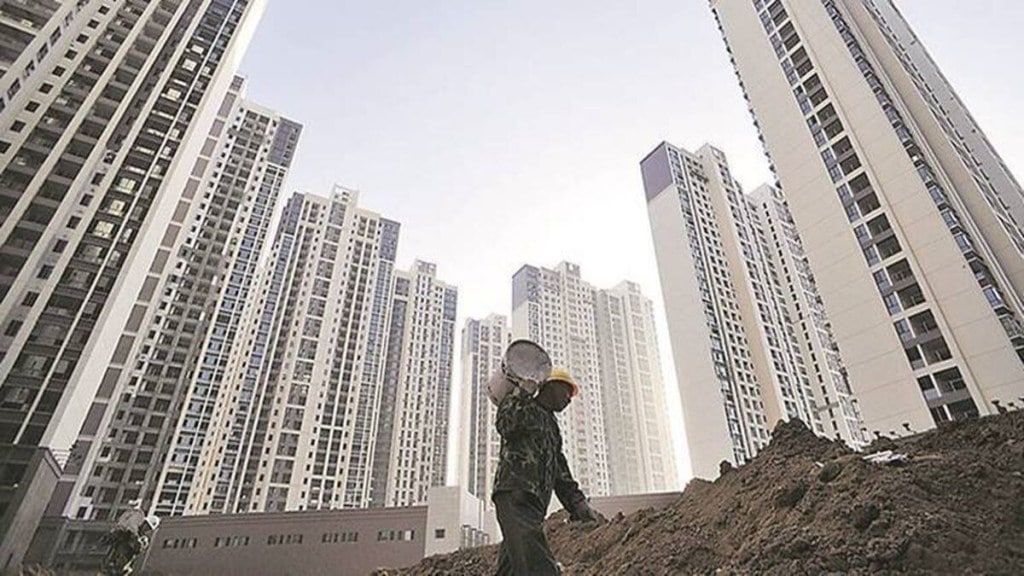– By Prajjwal Misra
While India boasts one of the world’s largest and most rapidly expanding infrastructure sectors, it still trails behind global benchmarks in technology and efficiency. Challenges such as inadequate planning, resource mismanagement, budget overruns, delivery delays, subpar design, and unsustainable methods impede the sector’s optimal performance. Advanced technological solutions have revolutionised the way of project management and collaboration. One notable aspect is the concept of Building Information Modelling (BIM), which has emerged as a game-changer in the AEC industry. As India experiences a significant uptick in infrastructure development and urban expansion, the integration of BIM technology presents a promising opportunity to streamline operations, minimise risks, and improve project results.
BIM is used to create a detailed digital three-dimensional model of a building or infrastructure project. This model is a flexible tool that may be used for project lifecycle management, including planning, designing, building, and supervision. Through the promotion of stakeholder collaboration, BIM reduces mistakes and design disputes while increasing construction efficiency.
Throughout the building lifecycle, the use of BIM offers potential cost savings by facilitating more effective project planning and design. It helps to better detect possible risks and hazards in the planning stage, which improves safety protocols at building sites. Additionally, BIM promotes improved collaboration between heterogeneous project teams and expedites building procedures, resulting in a project’s timely completion.
Additionally, BIM serves as a valuable tool for assessing the environmental impacts of proposed construction projects, enabling the delivery of more sustainable building with reduced environmental footprint. Software solutions like ArchiCAD provide built-in tools for designing, visualising, documenting, and delivering projects of all scales. Such software platforms also empower designers to tackle complex projects with ease and innovative features.
A variety of BIM software tools are currently accessible to meet the diverse requirements of the construction sector. These tools aid professionals in generating and managing digital representations of a facility’s physical and functional attributes. Another pivotal aspect of BIM in construction lies in its advocacy for sustainability. The criticality of sustainable practices within the industry cannot be emphasised enough, and BIM technology is instrumental in paving the path for eco-conscious solutions. Through BIM, we gain deeper insights into how different materials and design selections impact a structure’s energy usage, waste generation, and overall environmental footprint.
Amidst increasingly stringent regulations in construction, particularly concerning safety and sustainability, BIM assumes a vital role in ensuring adherence. It furnishes a transparent platform for storing and accessing all essential documentation, thereby facilitating smoother audits and inspections.
In India, where infrastructure projects commonly encounter coordination challenges, resource limitations, and regulatory compliance hurdles, the integration of BIM holds promise in mitigating many of these obstacles. Government-led initiatives such as the “Digital India” program and mandates for BIM adoption in public infrastructure ventures emphasise the significance of embracing this technology. However, realising the substantial benefits of BIM necessitates a unified effort from all stakeholders. Investment in personnel training, the establishment of standardised protocols, and the cultivation of a collaborative ethos are vital strides toward unlocking BIM’s full potential in the AEC sector.
It’s noteworthy that the inception of BIM software by ArchiCAD in Europe dates back to 1987. Nonetheless, its acceptance in India gained traction only post-2010, suggesting a significant lag in industry adoption. As we navigate the intricacies of contemporary construction projects, the adoption of innovative technologies like BIM transcends mere preference; it becomes imperative for industry advancement and sustainability.
(Prajjwal Misra is the Director at Rudrabhishek Infosystem Pvt Ltd).
(Disclaimer: Views expressed are personal and do not reflect the official position or policy of Financial Express Online. Reproducing this content without permission is prohibited.)
